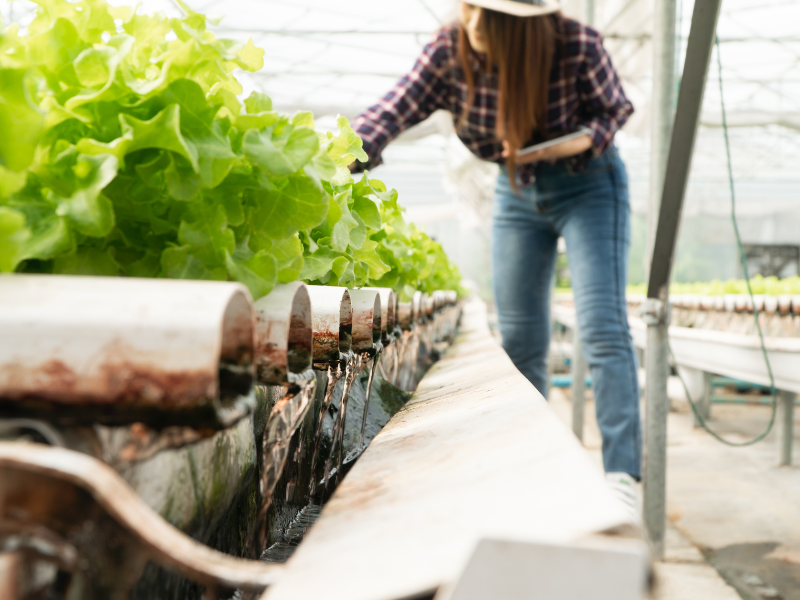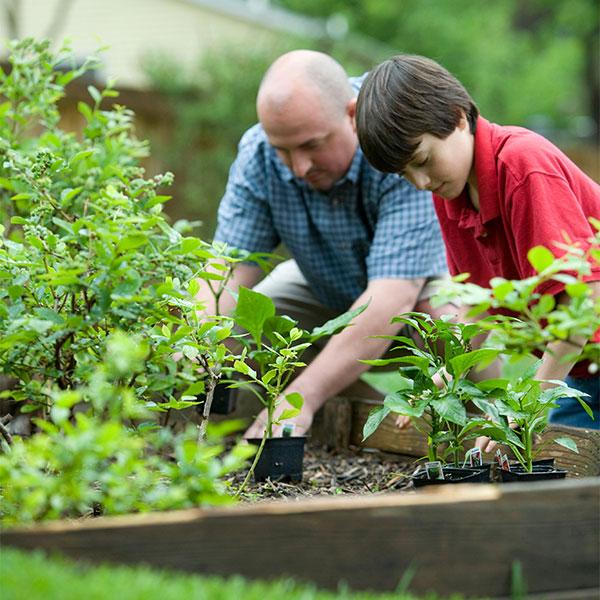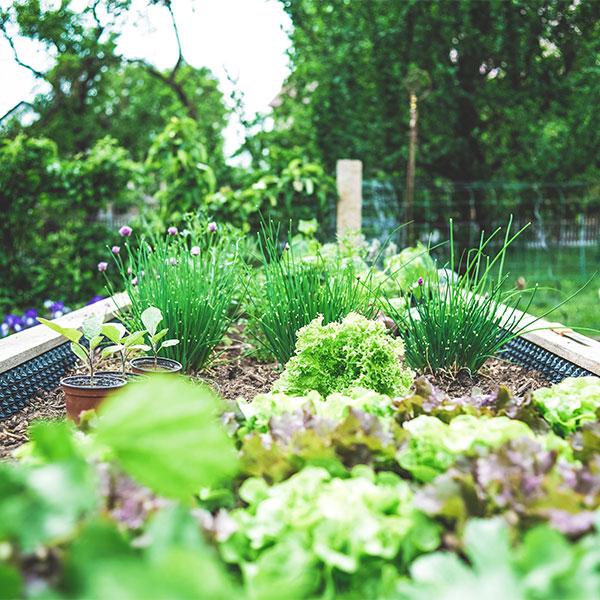With the world population increasing, farmers are seeking new ways to produce more food using fewer resources. Traditional fish tanks require filtration, but with aquaponics, plants filter water while fish waste nourishes the plants, creating a symbiotic, self-sustaining system that saves time and resources.

Benefits of an Aquaponics System
In an aquaponics setup, fish release ammonia as waste, which is then broken down by bacteria in the plants. This natural process turns waste into nutrients, keeping water clean for the fish and supplying essential nitrates for plant growth. With minimal space, aquaponics allows you to grow both vegetables and fish efficiently.
Materials Needed
- 2 Plastic Bins
- 1 Plastic Crate
- Hack Saw
- Male Adapter
- PVC Elbow
- Standpipe (2 inches shorter than the bin)
- Bell Siphon
- Strainer
- Pump
- 1/2-inch Hose
- Zip Tie
- Gravel
Step-by-Step Instructions
- Cut a small hole in the top bin for the grow bed.
- Cut feeding holes in the bottom and side of the crate for fish feeding.
- Stack bins with the crate in the center.
- Connect the PVC elbow to the male adapter in the top bin.
- Attach the standpipe to the male adapter and place the bell siphon on top.
- Install the strainer over the bell siphon.
- Connect the pump to the hose and secure it to the top bin.
- Use a zip tie to keep the hose positioned over the top bin.
- Fill the top bin with gravel and plant seedlings.
- Add water and fish to the bottom bin to complete your aquaponics system.
For more information and detailed aquaponics kits, visit Farm Xchange.












